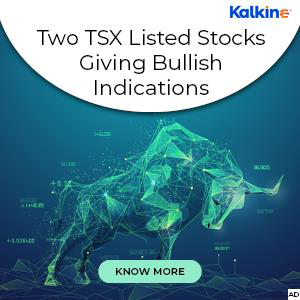Highlights
Operates in the infrastructure sector and is listed on the S&P/ASX 20 and All Ordinaries indexes.
Recent revenue trends highlight consistency across toll road operations.
Total shareholder return outpaced share price growth due to regular dividend distributions.
The infrastructure sector consists of companies managing essential facilities such as transport networks, utilities, and communications systems. A key participant in this sector is Transurban Group (ASX:TCL), which operates and develops toll road networks across urban regions. Listed on both the S&P/ASX 20 and All Ordinaries indexes, the company plays a vital role in long-term transport infrastructure development and operations across Australia and select international markets.
Long-Term Share Price Performance
Transurban Group's share price growth over several years has remained steady, albeit below broader market benchmarks. The overall increase in share price during this period reflects a combination of operational consistency and capital investment in road network projects. The five-year trajectory aligns with a focus on long-term infrastructure planning and execution across various jurisdictions.
Revenue Growth Trends
Revenue figures have shown consistent year-on-year growth across the company’s toll road assets. This trend reflects stable traffic volumes and effective network expansion strategies. Toll price indexation and new road project completions have further supported top-line performance. Operational updates across managed motorways have contributed to these outcomes, highlighting the company’s role in metropolitan road transport systems.
Dividend Distributions and Total Shareholder Return
Transurban Group is frequently referenced in the context of asx dividends, due to its regular dividend payments to shareholders. These returns have contributed to a total shareholder return that exceeds its share price growth over the same period. Dividend reinvestment and retained earnings from infrastructure operations play a role in the overall shareholder returns reported over multiple years.
Executive Remuneration Alignment
Executive remuneration at Transurban Group remains aligned with company performance metrics and shareholder outcomes. Compensation structures are framed by revenue generation, project milestones, and sustainability goals. This alignment has remained consistent across leadership cycles and reflects sector-specific benchmarks for infrastructure organisations of similar scale.
Short-Term Performance Indicators
Recent twelve-month performance metrics show upward momentum in share price and overall shareholder returns. The company continues to generate revenue across its operating assets, with minimal fluctuation in day-to-day toll road usage. Increased urban travel and reduced restrictions in major cities have supported usage volumes across key transport corridors.
Asset Base and Expansion Projects
The asset base comprises toll roads and associated infrastructure in Australia and selected international regions. Expansion activities include new project completions, lane extensions, and partnerships with government entities. These projects aim to support long-term urban planning goals and address traffic management challenges in major metropolitan centres.
Macroeconomic Environment Impact
Broad economic trends such as interest rate conditions and inflation levels can influence infrastructure development costs and traffic volumes. The company operates within these economic variables, balancing toll revenue with capital expenditure requirements. The long-life nature of infrastructure assets and fixed contracts supports operational stability across economic cycles.
Traffic Volume and Operational Metrics
Traffic metrics remain a central focus in assessing infrastructure performance. Daily vehicle usage across assets is monitored closely, as it forms the basis of toll revenue. Fluctuations in usage are linked to external factors such as fuel costs, road maintenance schedules, and public infrastructure policies, which can influence short-term operational trends.





